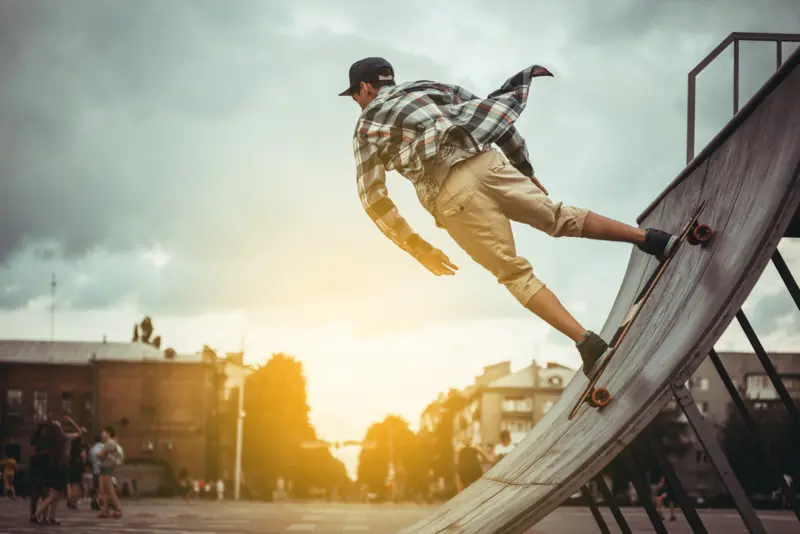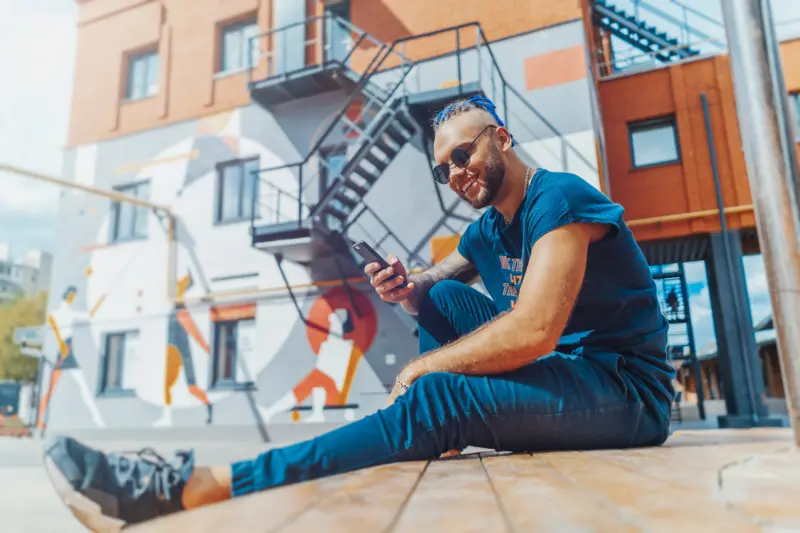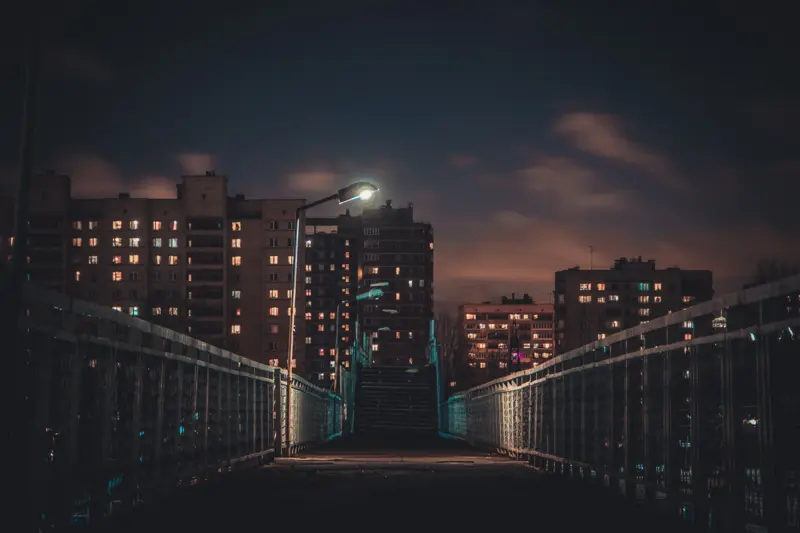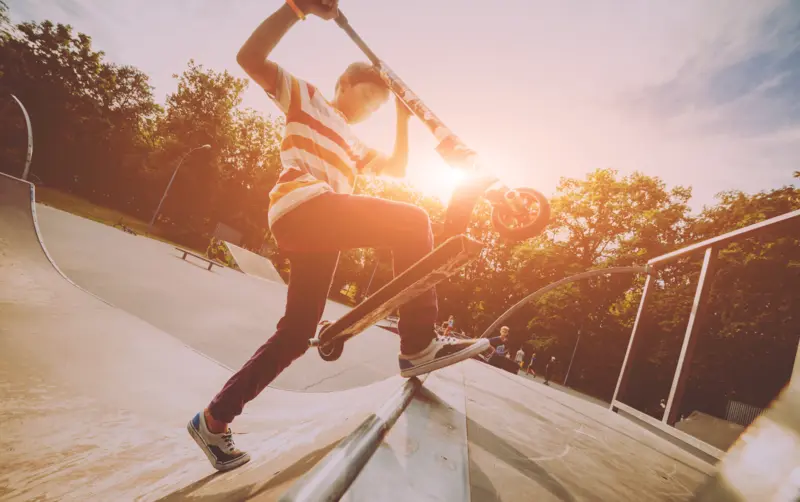A Bird’s-Eye View:
Exploring the World Through Aerial Photography
Urban landscape photography, a genre that merges the bustling energy of city life with the serene, structured beauty of architectural forms, offers a unique perspective on modern environments. Unlike traditional landscape photography, which typically focuses on natural scenery, urban landscape photography captures the essence of cities through their buildings, streets, and human interactions. This genre not only documents the urban landscape but also challenges photographers to find beauty and composition in the man-made world, inspiring a new way of seeing and appreciating our urban environments.
One of the defining characteristics of urban landscape photography is its ability to document cities’ ever-changing nature. Cities are constantly in flux, with new buildings rising and old ones falling, streets being repaved, and neighborhoods evolving. This dynamism provides endless inspiration for photographers, who can capture the exact location at different times to tell a story of change and development. By documenting these transitions, urban landscape photographers create a historical record of the city’s evolution, preserving moments that might otherwise be lost to time.
Light plays a crucial role in urban landscape photography, much like in traditional landscape photography. However, the interplay of natural and artificial light in cities adds a layer of complexity and creativity to the practice. The reflections off glass buildings, the shadows cast by towering structures, and the glow of streetlights and neon signs offer unique opportunities to play with light and shadow. This interplay of light and shadow is what adds a touch of magic to urban landscape photography, creating visually engaging images that captivate the viewer’s imagination.
Composition in urban landscape photography requires a different approach than its natural counterpart. The geometric lines and shapes of buildings, roads, and other structures demand a strong sense of symmetry and balance. Photographers must consider elements like leading lines, framing, and patterns to create visually engaging images. The challenge lies in finding order within the apparent chaos of urban environments, turning busy streets and crowded skylines into harmonious compositions.
Urban landscape photography also explores the relationship between people and their surroundings. Unlike traditional landscapes, where human presence is often minimal or absent, urban landscapes are inherently populated. This human element adds life and context to the photographs, illustrating how people interact with and move through urban spaces. Street photography, a sub-genre of urban landscape photography, captures candid moments of daily life, providing a more intimate and personal view of the city.
Technological advancements have significantly impacted urban landscape photography, offering new tools and techniques for photographers to experiment with. Drones, for example, provide aerial perspectives that were once impossible to achieve, revealing the layout and design of cities from above. High-resolution cameras and advanced editing software allow for greater detail and creative manipulation, enabling photographers to push the boundaries of the genre. These innovations have not only expanded the possibilities of urban landscape photography but also opened up new horizons, exciting artists and enthusiasts about the future of the genre.
In conclusion, urban landscape photography is a dynamic and multifaceted genre that celebrates cities’ beauty and complexity. It requires a blend of technical skills, creative vision, and an understanding of urban environments. By capturing the interplay of light, composition, and human interaction, urban landscape photographers create compelling images that tell the story of our modern world. As cities grow and change, this genre will remain essential to documenting and appreciating the urban experience.





